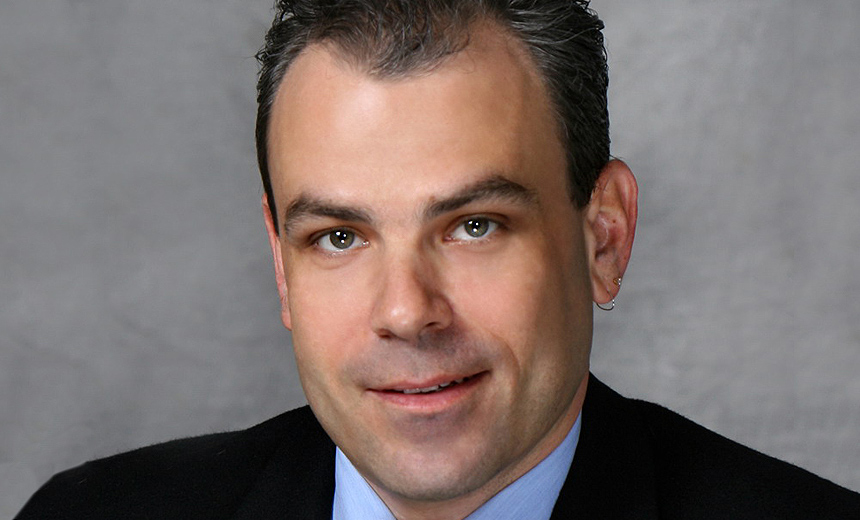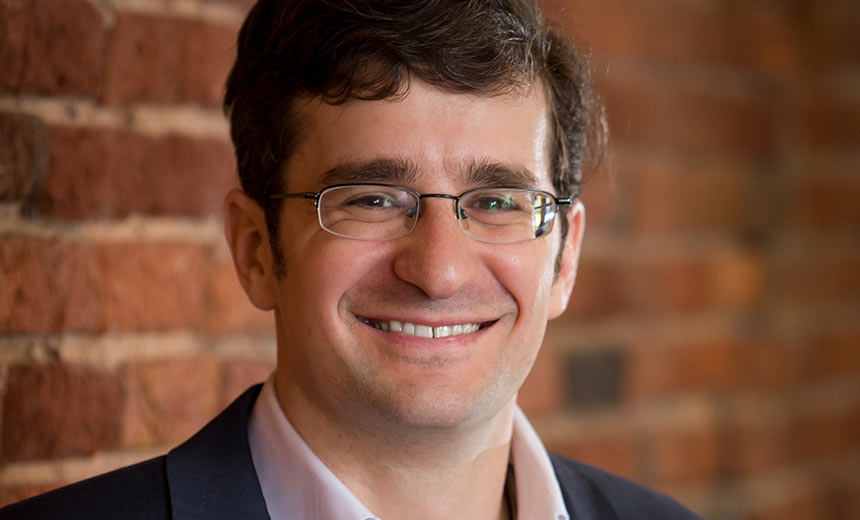Physical, Virtual Security Commonalities
It's a sentiment appreciated by Patricia Titus, who as a onetime chief information security officer at DHS's Transportation Security Administration - the agency responsible for security checks at airports - saw the link between the physical and logical or virtual security. "Logical security utilizes infrastructure such as card readers and biometric and video surveillance, which are all based on technologies, so there are cyber implications that are virtual implications," Titus, now chief information security at the IT services provider Unisys Federal Systems, said in an interview with GovInfoSecurity.com. "I agree with Phil, by trying to pull them apart and to put them into different agencies, you're going to have issues between the collaboration that needs to happen between the physical and virtual worlds."
Titus, in the interview, offers a wide ranging evaluation of the current IT security environment in the federal government from a distinctive perch, that of a former government insider who got her hands dirty safeguarding critical TSA IT systems and an outsider whose job includes helping Unisys's government clients keep their systems and data secure, including:
- Increasing DHS's authority over civilian agencies compliance with the Federal Information Security Management Act;
- The activist role White House Cybersecurity Coordinator Howard Schmidt must play in guiding administration IT security policy; and
- Balancing the government's use of private contractors and government employees in staffing federal IT security initiatives.
GovInfoSecurity.com Executive Editor Eric Chabrow interviewed Titus.
Before her stints at Unisys and TSA, Titus worked as a technology adviser to the Department of Treasury's chief information officer, working extensively on enterprise network security.


















